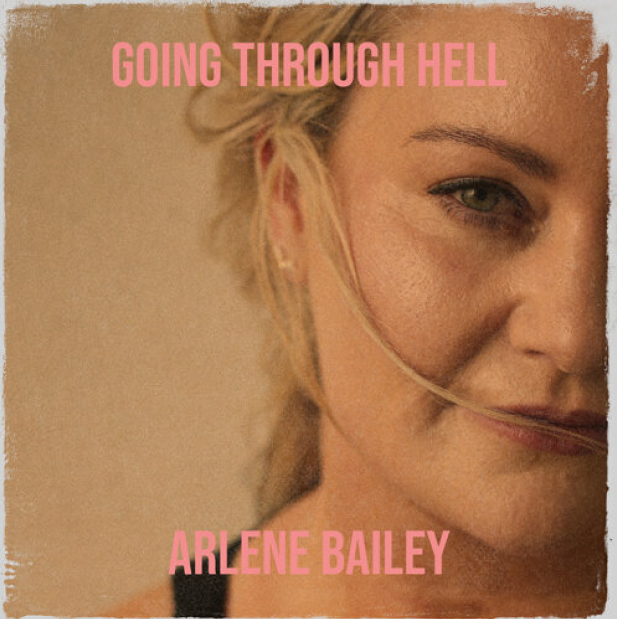From Famine to Freedom – Ireland to Grosse Ile


For singer Méav Ni Mhaolchatha 's upcomingtwo Quebec solo concerts (29/30 September) with the Quebec Symphony Orchestra, Brendan Graham has created a special interlinked song cycle and narrative, entitled From Famine to Freedom – Ireland to Grosse Ile.
The setting for the 20 minute piece is the mid -1800's, during Ireland's Great Famine and is adapted from his longer work – Writing The Famine in Fiction and Song – first presented during Ireland's National Famine Commemoration Week, 2010.
During the waves of nineteenth-century immigration to North America and Canada, inland islands became the quarantine stations for those arriving to the New World. In New York it was Ellis Island: in Boston, Deer Island and in Quebec, it was Grosse Ile.
In the summer of Black '47, at the height of An Gorta Mor, 90,000 people fleeing Ireland arrived at Grosse Ile. Many more perished on the voyage, cast overboard at sea or into the St. Lawrence River.
John Mills, then Mayor of Montreal declared:'We cannot turn those people away famished like the Eastern United States and Liverpool did'. And Canadians did not. At great peril to their own lives they opened their arms to these immigrants in a way in which the people of no other country had done. They nursed and fed them, taking into their homes the many children orphaned by typhus.
In the Irish Cemetery, the monument erected there in 1848 by Grosse Ile's medical superintendent, George Mellis Douglas, still stands:
'In this secluded spot lie the mortal remains of 5,424 persons who, flying from pestilence and famine in Ireland, in the year 1847, found in America but a grave'.
In remembrance of that period of Ireland and Canada's shared history, Méav Ni Mhaolchatha and the Quebec Symphony Orchestra will pay homage to all those who fled to Canada – and to all those Canadians who, so generously received them.
Latest News
Music Creators
- Affinity Schemes
- Join IMRO
- Benefits of IMRO Membership
- IMRO Mobile App
- Members’ Handbook
- About Copyright
- Royalty Distribution Schedule
- IMRO Distribution Policies
- Competitions & Opportunities
- Travel Grant Form
- Irish Radio & Useful Contacts
- Other Music Bodies in Ireland
- Affinity Schemes
- Music Creator FAQs
- International Partners
- International Touring Guide
Music Users
- Do I Need a Licence?
- Sign Up for a Music Licence
- Pay Your Licence Online
- IMRO and PPI Tariffs
- Dual Music Licence Explained
- Music Licences for Businesses
- Music Licences for Live Events
- Music Licences for Broadcast & Online
- Music licences for Recorded Media
- Music Services B2B
- Music User FAQs
- What’s Your Soundtrack Campaign
- Terms & Conditions for IMRO Events Voucher Competition
- Cookie Policy
- Privacy Statement
- Disclaimer
- www.imro.ie
- Terms & Conditions
- © IMRO 2024
- Registered Number: 133321
Please select login
For Songwriters & Publishers
For Business Owners





